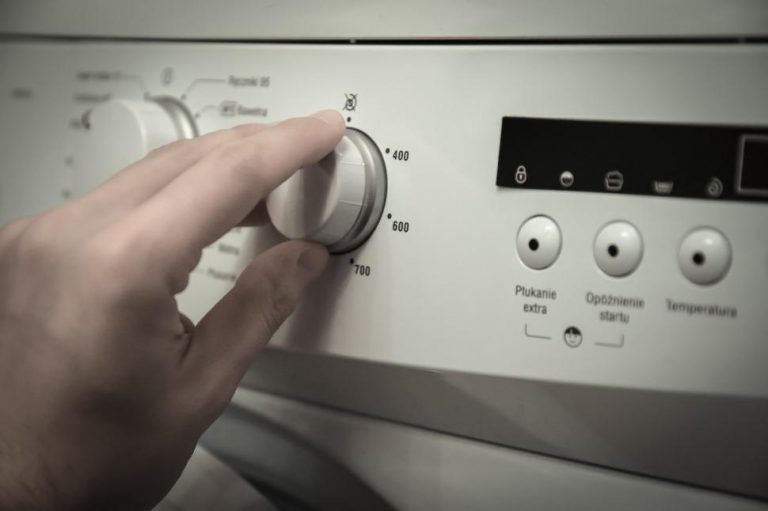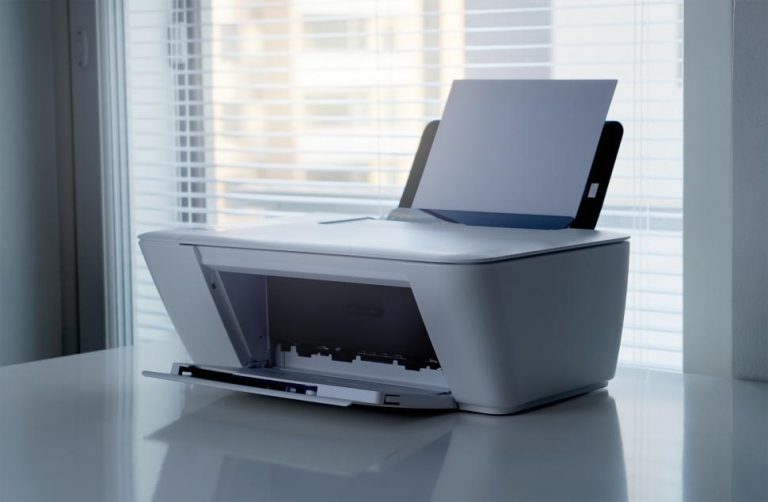How to Choose Safe Household Appliances
When purchasing household appliances, safety is a key factor that should never be overlooked. Whether you’re buying a new refrigerator, washing machine, or blender, ensuring that the appliance meets the necessary safety standards can prevent accidents, electrical hazards, and long-term issues. With the increasing variety of appliances on the market, it’s essential to understand how to evaluate their safety features before making a purchase.
In this article, we’ll guide you through the process of choosing safe household appliances, highlighting important factors to consider, key safety features, and practical tips for making informed decisions.
Check for Certification Labels and Standards
One of the easiest ways to determine if an appliance is safe is to look for certification labels from recognized safety organizations. These labels indicate that the appliance has undergone rigorous testing to ensure it meets safety standards.
Key Certification Marks to Look For:
- UL (Underwriters Laboratories): A UL mark shows that the product has been tested for fire, electric shock, and other safety hazards. It is one of the most widely recognized certification labels in North America.
- CE Mark (Conformité Européenne): This mark is mandatory for appliances sold in the European Union and ensures that the product complies with European safety standards.
- ETL (Electrical Testing Laboratories): ETL certification is similar to UL, indicating that the product has passed safety tests for electrical and fire hazards.
- Energy Star Certification: While primarily focused on energy efficiency, Energy Star appliances also adhere to certain safety regulations, particularly regarding overheating and electrical usage.
- RoHS (Restriction of Hazardous Substances): This certification ensures that the product does not contain harmful materials such as lead, mercury, and cadmium, which can pose environmental and health risks.
Why It Matters: These certifications guarantee that the appliance meets essential safety requirements and is less likely to cause electrical or mechanical issues that could lead to injury.
Prioritize Appliances with Safety Features
Modern appliances are often equipped with various safety features designed to prevent accidents and malfunctions. When evaluating a product, look for key safety features that are relevant to its type and function.
a. Overheat Protection
Appliances like irons, space heaters, and hair dryers can pose a fire hazard if they overheat. Overheat protection automatically shuts off the appliance when it reaches a dangerous temperature.
- Examples: Space heaters with automatic shutoff when tipped over, irons that switch off when left unattended.
b. Child Safety Locks
For households with children, appliances that come with child safety locks are critical. These locks prevent accidental activation, reducing the risk of burns, electric shocks, or exposure to harmful substances.
- Examples: Washing machines, ovens, and microwaves with built-in locks to prevent children from opening doors or starting the appliance.
c. Automatic Shutoff
Appliances that run continuously, such as coffee makers, electric stoves, or slow cookers, should have an automatic shutoff feature. This ensures that the appliance turns off after a certain period, preventing potential overheating or fire hazards.
- Examples: Coffee makers that switch off after brewing, electric ovens with timers that shut off automatically.
d. Ground Fault Circuit Interrupter (GFCI)
Electrical appliances used in wet areas, such as bathrooms or kitchens, should have GFCI protection. GFCIs detect ground faults (when electrical current escapes) and immediately shut off the power to prevent electric shocks.
- Examples: Hairdryers, blenders, and other kitchen or bathroom appliances should ideally come with built-in GFCI plugs.
Consider the Material and Build Quality
The materials used in the construction of household appliances can also impact their safety. Appliances made from low-quality materials are more likely to malfunction or deteriorate over time, potentially causing electrical hazards, fire risks, or even toxic chemical exposure.
Factors to Evaluate:
- Heat Resistance: For appliances that generate heat, such as toasters, ovens, and irons, ensure that the exterior and key components are made from heat-resistant materials to prevent melting or combustion.
- Durability: Appliances built with high-quality stainless steel, tempered glass, and durable plastic are generally safer and last longer than those made with cheap, flimsy materials.
- Non-Toxic Materials: Ensure that the appliance is made from BPA-free plastic or other non-toxic materials, especially for kitchen appliances like blenders, food processors, and kettles that come into contact with food or water.
Why It Matters: Appliances constructed with high-quality, non-toxic materials are less likely to break down, overheat, or release harmful chemicals into your environment.
Check the Power Requirements and Energy Consumption
Safety also extends to an appliance’s electrical efficiency. Appliances that draw too much power or operate inefficiently can strain your home’s electrical system, leading to short circuits, overheating, or even fires.
Things to Consider:
- Voltage Compatibility: Ensure that the appliance’s voltage matches your home’s electrical system. Appliances designed for 220V systems should not be used in a 110V outlet, and vice versa, without a proper voltage converter.
- Wattage Ratings: Pay attention to the appliance’s wattage rating, especially for high-power appliances like ovens, microwaves, and refrigerators. Choosing an appliance with appropriate wattage reduces the risk of overloading your home’s circuits.
- Energy Efficiency: Appliances with energy-efficient features are not only environmentally friendly but also safer. They are designed to consume less power, reducing the likelihood of overheating or electrical strain.
Why It Matters: Efficient power usage not only lowers your electricity bills but also prevents potential hazards like electrical overloads and overheating.
Evaluate the Appliance’s Design
The design of an appliance can greatly impact its safety, especially in terms of ease of use and placement in the home. Poorly designed appliances can lead to accidents, burns, or other injuries.
a. Stable and Secure Placement
Appliances like blenders, food processors, and mixers should have non-slip bases to prevent them from sliding off countertops during use. Similarly, heavier appliances should have a stable design to prevent tipping over.
- Examples: Kitchen appliances with rubberized feet or stabilizing features.
b. Well-Insulated Handles and Surfaces
Appliances that generate heat, such as kettles, toasters, and ovens, should have heat-resistant handles and surfaces that remain cool to the touch. This prevents burns when handling or moving the appliance during or after use.
- Examples: Ovens with insulated doors, kettles with cool-touch handles.
c. Clear Controls and Indicators
User-friendly controls and clear indicator lights can also enhance safety. Appliances should have intuitive settings, visible warning lights, and easily accessible buttons. This minimizes the chance of confusion, which can lead to improper use and accidents.
- Examples: Microwaves with clear, easy-to-read digital displays and cooking timers.
Why It Matters: An ergonomically designed appliance is safer to use and reduces the risk of accidents or injury.
Read Reviews and Research the Brand
Before purchasing any appliance, it’s crucial to research the brand and read customer reviews. This will give you insight into potential safety issues, product reliability, and any common complaints from users.
How to Conduct Research:
- Check Online Reviews: Look for reviews that mention any safety concerns, malfunctions, or design flaws. Pay attention to patterns in negative reviews, as this could indicate a recurring issue with the product.
- Research the Manufacturer: Choose brands that have a strong reputation for safety and quality. Established brands often invest more in safety testing and build appliances with higher standards.
- Look for Recalls: Check if the appliance or its brand has had any recent product recalls due to safety issues. This can be a red flag that the manufacturer has experienced recurring safety problems.
Why It Matters: Reviews and brand research can alert you to any potential safety hazards that may not be immediately apparent from product descriptions or specifications.
Consider Warranties and Customer Support
Another indicator of an appliance’s quality and safety is the warranty offered by the manufacturer. A good warranty not only protects your investment but also signals that the company stands behind the safety and durability of its products.
Key Points to Look For:
- Length of Warranty: A longer warranty period often suggests that the manufacturer is confident in the product’s performance and safety.
- What’s Covered: Make sure the warranty covers key components such as the motor, heating elements, or other essential parts that could pose a safety risk if they malfunction.
- Customer Support: Reliable customer support is essential in case you encounter safety concerns or need help troubleshooting the appliance. A brand with strong customer service is more likely to provide prompt solutions to any problems.
Why It Matters: A solid warranty and responsive customer support give you peace of mind, knowing that the appliance is backed by the manufacturer in case of any issues.
Follow the Manufacturer’s Instructions
Once you’ve chosen a safe appliance, proper use and maintenance are crucial to ensuring its continued safe operation. Always follow the manufacturer’s instructions for installation, use, and maintenance. This includes:
- Correct Installation: Ensure the appliance is installed according to the manufacturer’s guidelines, particularly for large or built-in appliances like ovens, refrigerators, and dishwashers.
- Regular Maintenance: Keep the appliance clean and well-maintained to prevent buildup, overheating, or malfunction.
- Proper Use: Avoid overloading the appliance or using it in ways that are not recommended by the manufacturer.
Why It Matters:
Even the safest appliance can pose risks if used improperly. Following the manufacturer’s instructions ensures you get the most out of the appliance while minimizing potential hazards.
Conclusion
Choosing safe household appliances is essential for the well-being of your home and family. By paying attention to certification labels, safety features, design quality, and energy efficiency, you can ensure that your appliances not only perform well but also operate safely. Taking the time to research, read reviews, and follow the manufacturer’s guidelines will further enhance the safety and longevity of your appliances, allowing you to enjoy peace of mind and a safer home environment.



